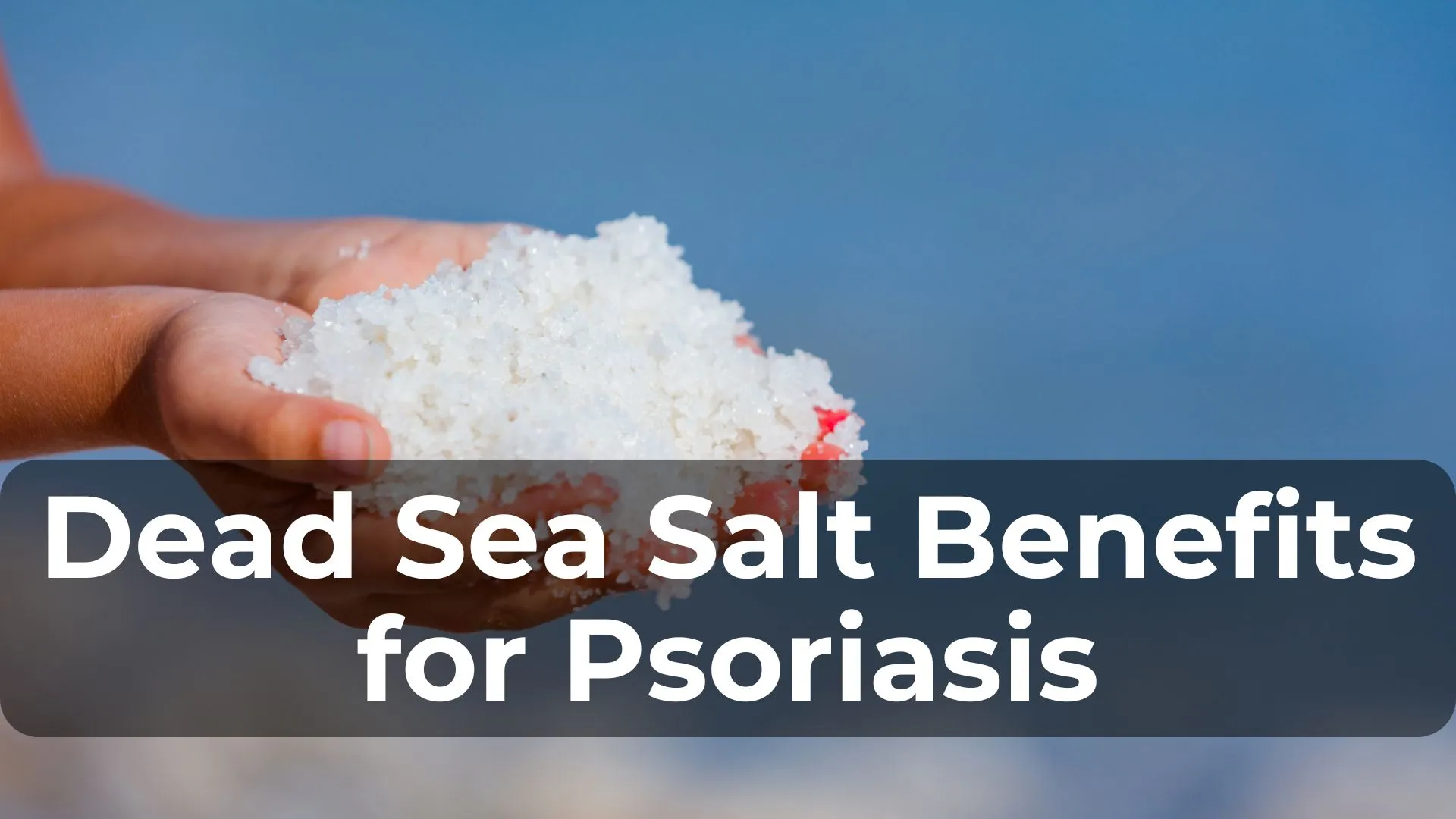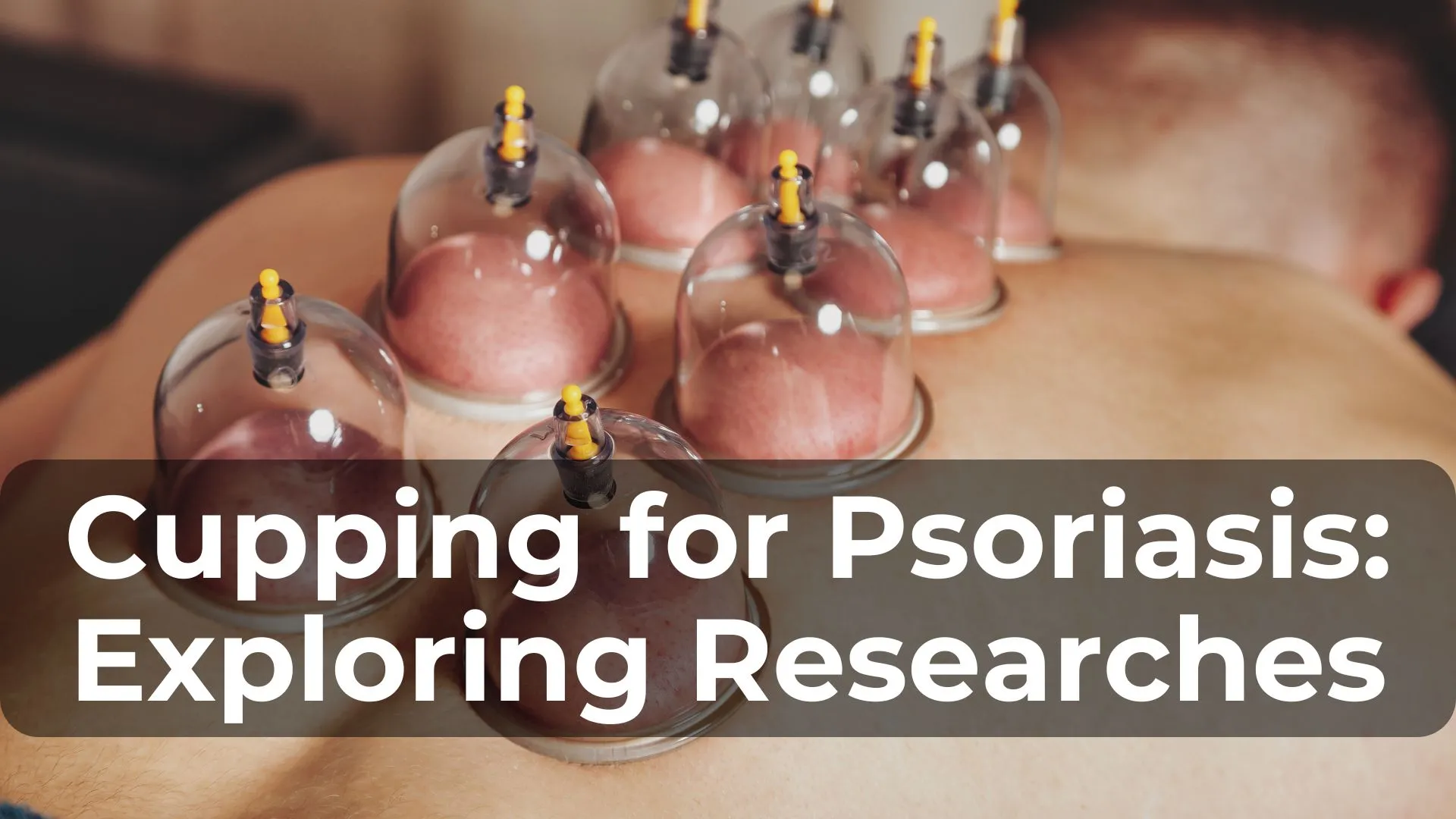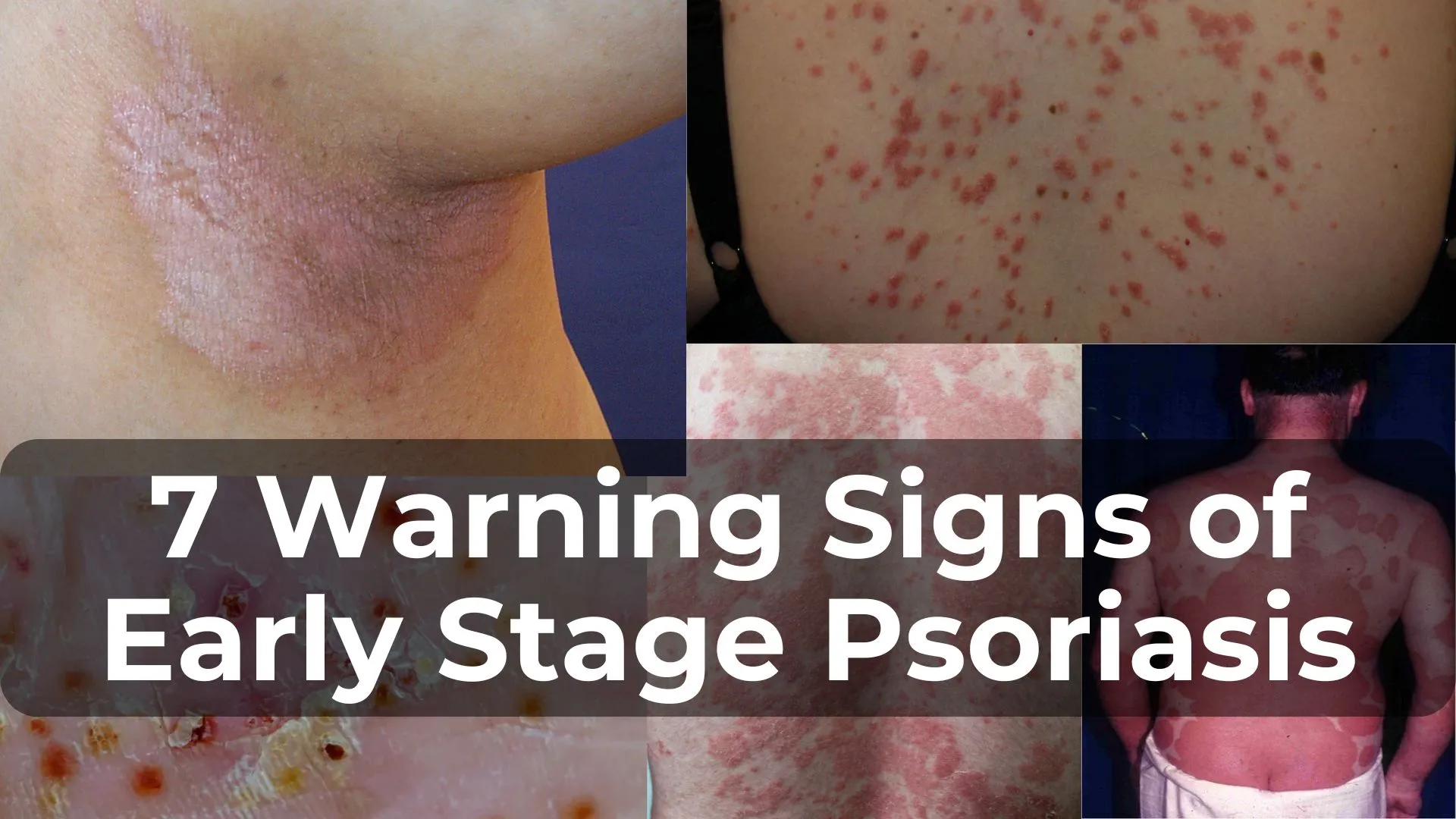
Psoriasis is more than just a skin condition; it’s a chronic battle that many people face daily. Recognizing the early signs of psoriasis can be crucial for managing it effectively. Let’s dive into the seven warning signs of early-stage psoriasis and explore the different types and their initial symptoms.
7 Warning Symptoms of First Stage Psoriasis
1. Red Patches of Skin
The most common early sign of psoriasis is the appearance of red patches on your skin. These patches are often covered with silvery scales. Think of them as your skin’s SOS signal, crying out for help. These patches can pop up anywhere, but they’re especially fond of your elbows, knees, and scalp. They might start small and then expand, becoming more noticeable over time.
2. Itching and Burning Sensations
Have you ever felt like your skin is on fire? That’s what psoriasis can feel like. An intense itching or burning sensation can often accompany the red patches. It’s like having a persistent mosquito bite that you just can’t scratch enough. This discomfort can make it hard to focus on anything else, affecting your day-to-day life.
3. Dry, Cracked Skin That May Bleed
When your skin starts to dry out and crack, it can be a sign that psoriasis is in the early stages. Imagine your skin acting like an old leather book, cracking and sometimes even bleeding. This symptom can be particularly painful and can lead to infections if not properly treated.
4. Thickened or Ridged Nails
Your nails can tell you a lot about your health. In the case of psoriasis, you might notice your nails becoming thickened, pitted, or ridged. This is known as nail psoriasis. It’s like your nails are giving you a heads-up that something’s not right. These changes can also make your nails more prone to splitting or breaking.
5. Swollen and Stiff Joints
Psoriasis doesn’t just mess with your skin; it can also affect your joints. This is called psoriatic arthritis. Early signs include swollen, stiff, and painful joints. Think of it like a rusty hinge that needs oiling. If you’re waking up with stiff joints or if they swell up after periods of inactivity, it might be time to see a doctor.
6. Soreness Around Patches
The areas around the red patches can also become sore and tender. This soreness isn’t just on the surface; it can feel like your skin is bruised underneath. It’s as if your skin is sending you little pain signals, alerting you to the trouble brewing beneath the surface.
7. Rapid Skin Turnover
One of the hallmarks of psoriasis is the rapid turnover of skin cells. Normally, skin cells take weeks to regenerate, but with psoriasis, it’s like they’re in a race, turning over in just days. This rapid turnover causes the thick, scaly patches typical of psoriasis. It’s like your skin is on hyperdrive, producing new cells at an alarming rate.
Different Types of Psoriasis and Their Early Symptoms
Plaque Psoriasis
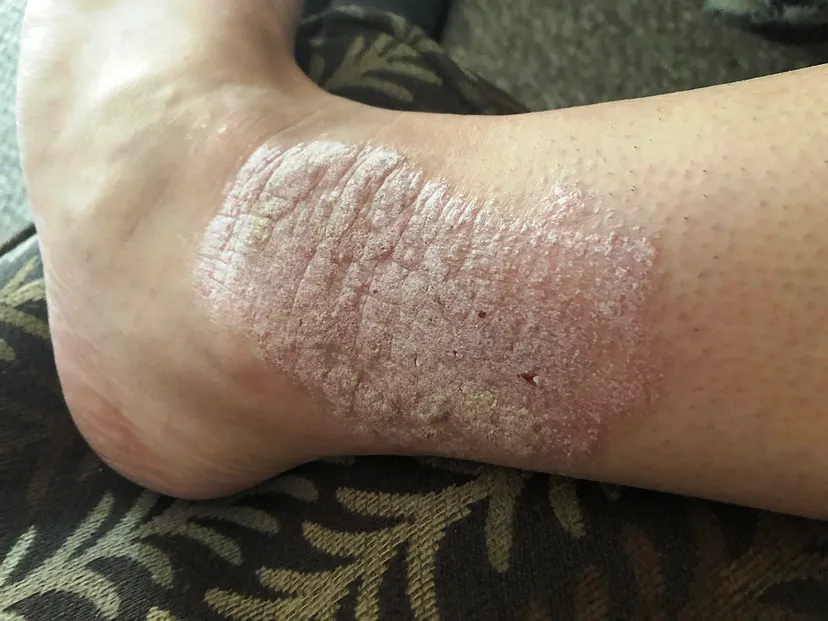
This is the most common type of psoriasis, affecting about 80% of those with the condition. The early signs are the classic red patches covered with silvery scales. These patches often appear on the scalp, elbows, knees, and lower back. It’s like having your skin turn into a patchwork quilt, with some areas becoming thick and scaly.
Guttate Psoriasis
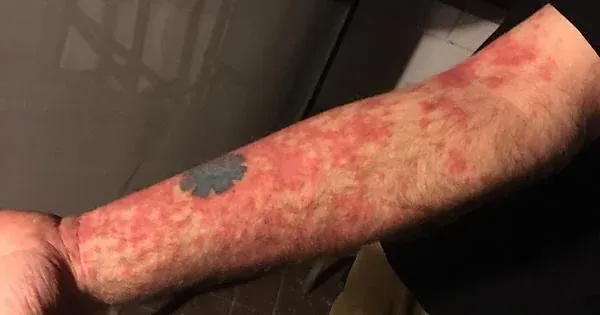
Guttate psoriasis often starts in childhood or young adulthood. It’s triggered by bacterial infections like strep throat. The early symptoms include small, water-drop-shaped sores on your trunk, arms, legs, and scalp. Imagine your skin as a canvas, with tiny paint splatters dotting the surface. These sores aren’t as thick as plaque psoriasis but can be just as bothersome.
Inverse Psoriasis
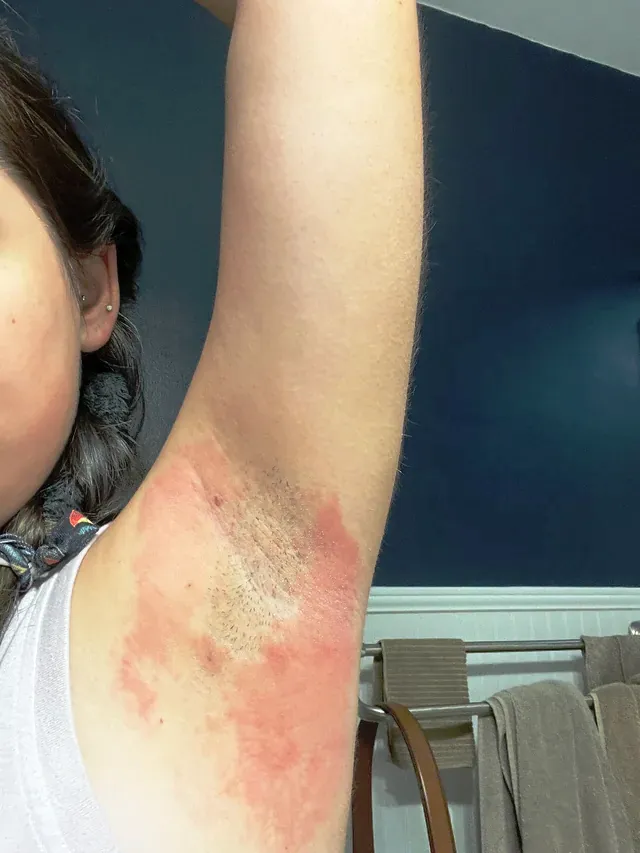
Inverse psoriasis shows up as smooth, red patches in skin folds. You might find it in places like your armpits, under your breasts, or around your groin. It’s like your skin is blushing, turning red in areas where there’s skin-on-skin contact. This type can be particularly uncomfortable due to its location and the moisture that collects in these areas.
Pustular Psoriasis

This type is characterized by white pustules (blisters of non-infectious pus) surrounded by red skin. Early signs include the sudden appearance of these pustules on your hands and feet or, in some cases, covering most of your body. It’s as if your skin is erupting, with small volcanoes forming in random spots.
Erythrodermic Psoriasis
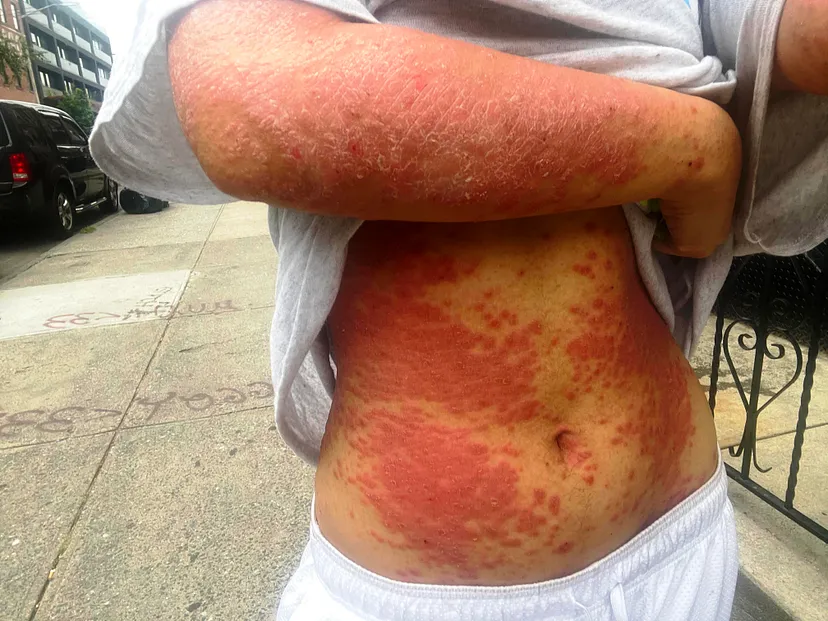
Erythrodermic psoriasis is a rare but severe form that can cover your entire body with a red, peeling rash. Early symptoms include widespread redness, severe itching, and pain. It’s like your skin is throwing a tantrum, reacting violently and covering large areas. This type often requires immediate medical attention due to its intensity.
Nail Psoriasis
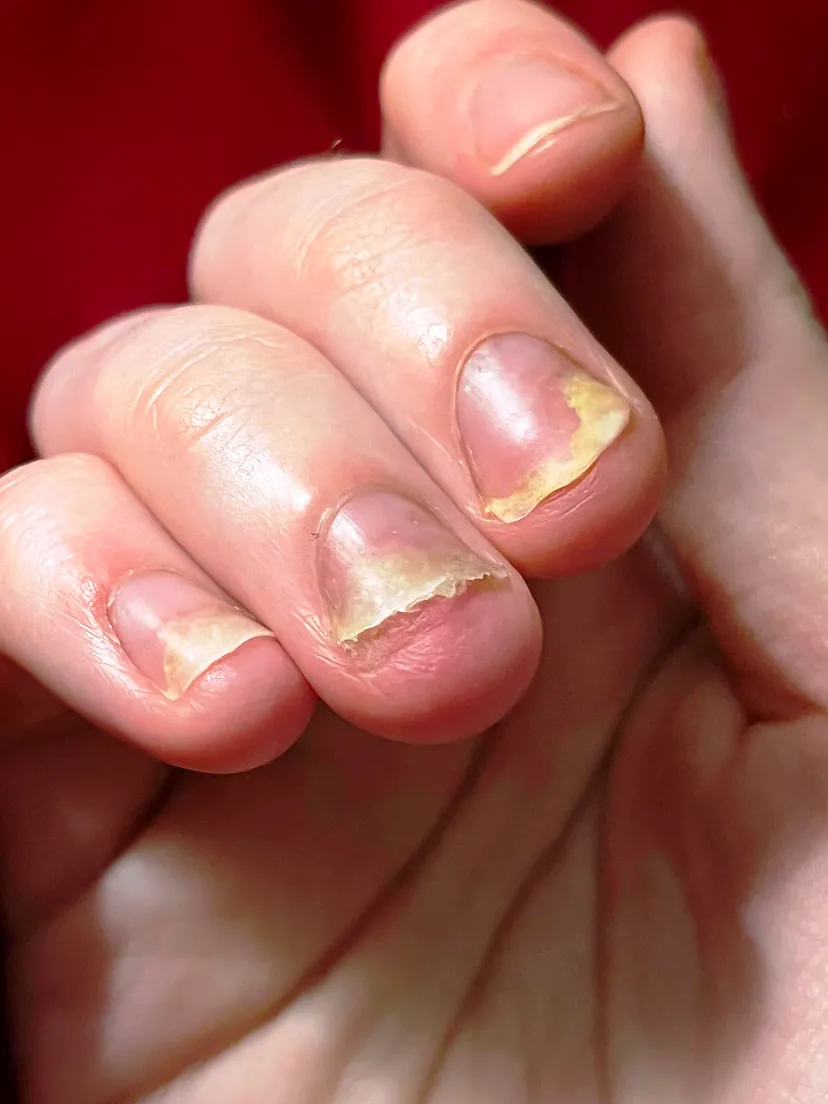
Nail psoriasis can affect both fingernails and toenails, leading to pitting, discoloration, and unusual nail growth. The early signs might include your nails looking like they’ve been attacked by a woodpecker, with tiny dents and grooves appearing. They might also start to detach from the nail bed, a condition known as onycholysis.
Psoriatic Arthritis
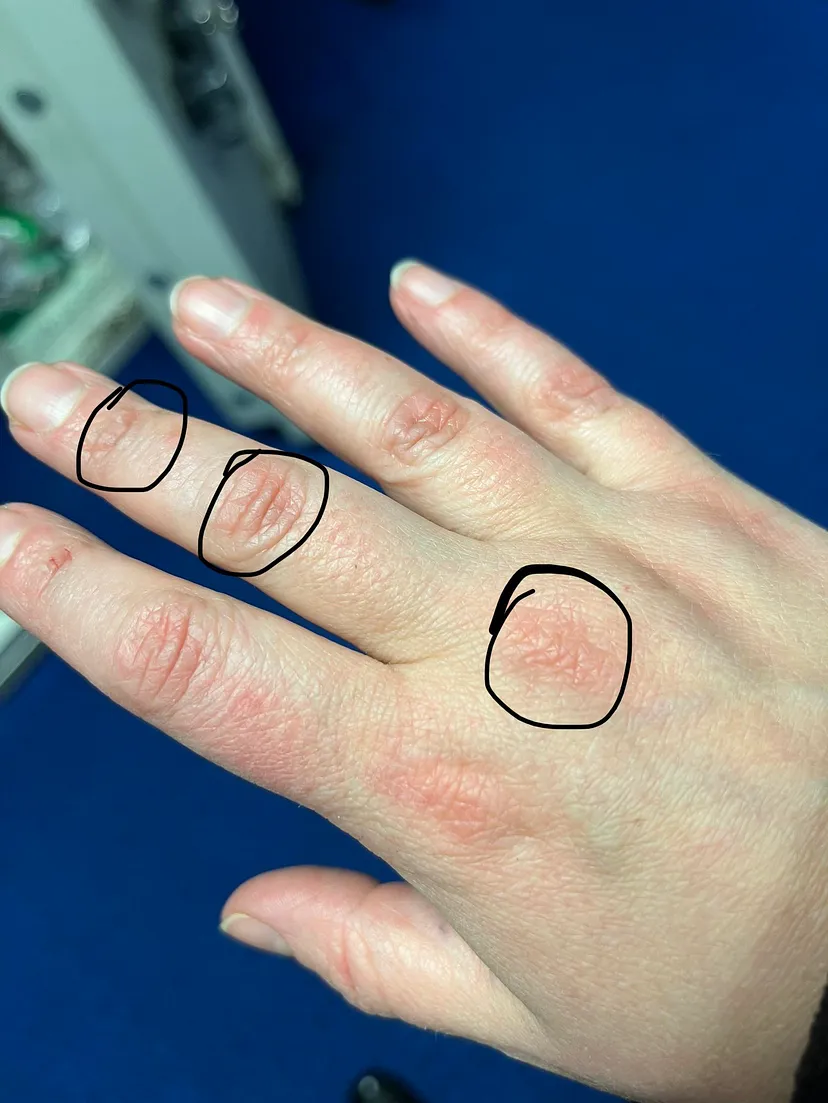
Psoriatic arthritis combines the symptoms of arthritis and psoriasis. Early signs include joint pain, stiffness, and swelling, along with the skin symptoms of psoriasis. It’s like having the worst of both worlds, with your joints and skin both rebelling at the same time. If you notice joint pain along with psoriasis patches, it’s important to get checked out.
Recognizing the early signs of psoriasis is the first step towards managing it effectively. If you notice any of these warning signs, don’t hesitate to consult a healthcare professional. Early intervention can make a significant difference in controlling the symptoms and improving your quality of life. Remember, your skin is your body’s largest organ, and it’s worth taking care of it!



